I Catch Killers with Gary Jubelin podcast: Steve Horn’s week of murder cases
It was the week of hell for forensic detective Steve Horn, who dealt with five dead bodies, two fires and a murder suspect who forgot to wipe the blood from his boots. Listen to the amazing story on Gary Jubelin’s new I Catch Killers podcast.
Behind the Scenes
Don't miss out on the headlines from Behind the Scenes. Followed categories will be added to My News.
We’ve all had tough weeks at work, but not many could compete with the most memorable week in the 44-year career of Australia’s most experienced forensic detective, Steve Horn.
Horn, now 71, doesn’t let anything faze him, which was a handy trait in a job when things might blow up - literally - at any moment.
In addition to his regular hours, Horn - like all detectives - would spend weeks on end “on call”, when he could be called out at night or on weekends to deal with homicides.
In this particular week, Horn was giving evidence in a murder trial during the day but as soon as court closed each afternoon, the bodies started piling up.
“I started on the Monday with a suspicious death. Walked out of the morgue later that night to a hotel fire with a body in it. I think the two top floor levels of the hotel had been burnt, so it was very dangerous conditions,” he says in the latest episode of our top-rating podcast I Catch Killers with Gary Jubelin.
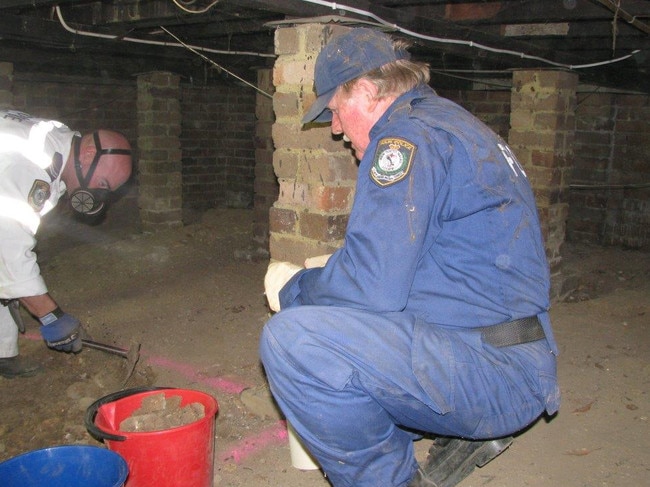
“(Then) I had a baby come from the country - a suspicious death, shaken baby syndrome.
“An old gentleman assaulted and robbed, passed away.
“Then on the Saturday I had a murder where a fella murdered his girlfriend, bashed her with a wooden club and a soda siphon, then went and got the mattock and killed her with that, disposed of some of his clothing and the weapons, poured lighter fluid over her and tried to set fire to her,” he says.
MORE FROM I CATCH KILLERS WITH GARY JUBELIN
Deadlier than Milat: Serial killer’s sick boast
‘Cool as a cucumber:’ On the trail of a psychopath
Catching a gang rapist: How I got Anita Cobby’s killers
“And then on the Sunday I had a large arson to go to,” he says, before adding carefully, in case he appears to be bragging about doing all this single-handed: “I did have some help with the fire at Kings Cross.
“With the murder on the weekend, I went and examined the suspect at the police station.
“He’d disposed of certain items of clothing but he didn’t change his boots. He had bloodstains on it which were cast off when he was hitting her.
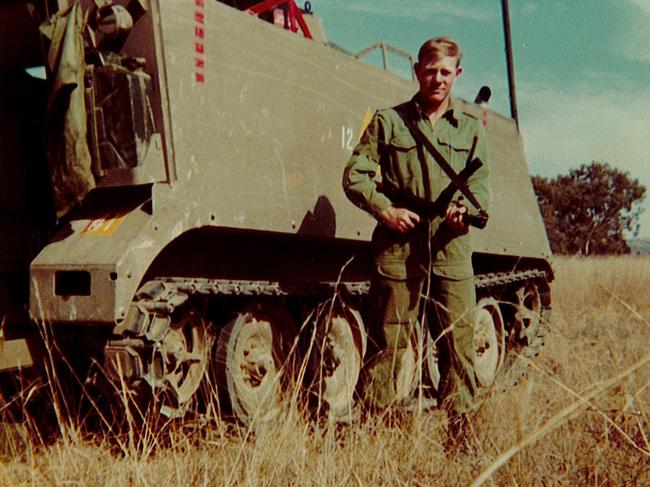
“And back then I wasn’t an expert in blood splatter interpretation - it was just looking at it, examining it and giving that evidence in court. It’s up to the court to say yes or no, whether you can give that evidence based on your experience or expertise. I’ve never classed myself as being expert in anything. It can create problems,” he says.
In 1977, Horn and his colleagues worked more than 36 hours straight on the Granville train disaster, Australia’s worst rail accident and greatest loss of life outside wartime, in which 84 people were killed including one unborn baby.
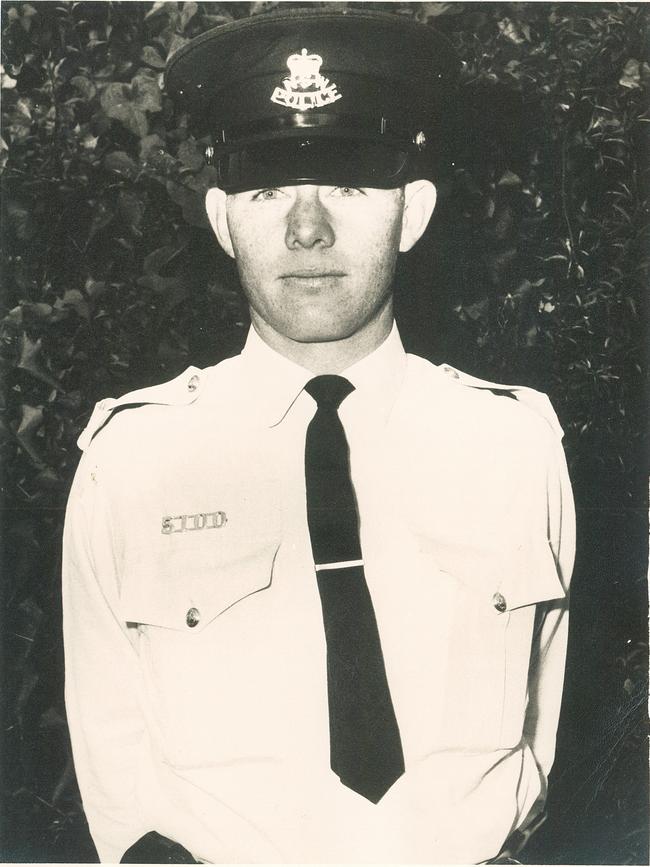
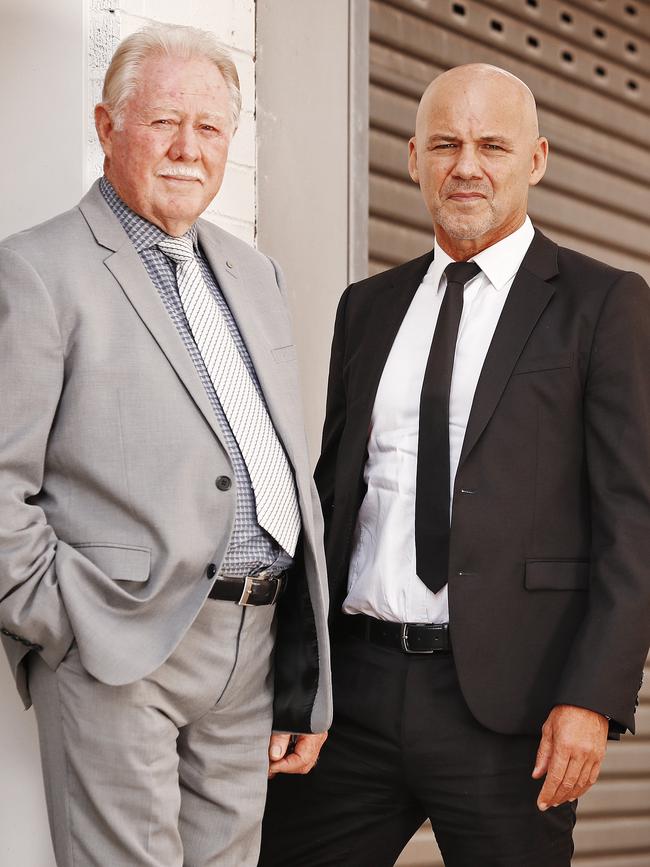
A packed morning suburban commuter train had crashed into a bridge, which collapsed on the carriages. The gruelling formal disaster victim identification process saw Horn and his colleagues meticulously noting every corpse’s physical details including clothing, jewellery, scars and tattoos, then removing the bodies to hearses to be re-examined at the morgue.
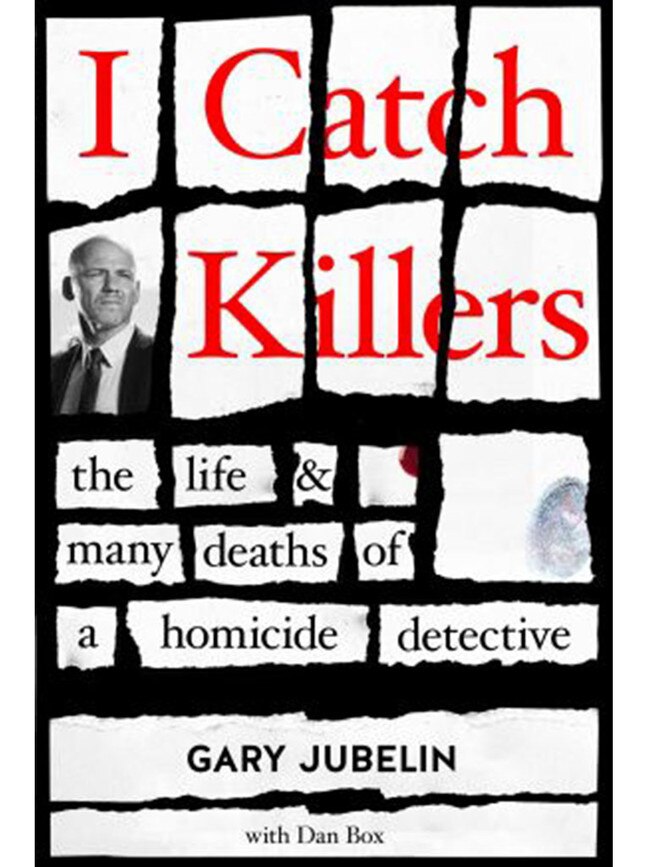
“They had to cut the (bridge’s concrete) slabs up to pieces and lift them off with a crane before we could go down, photograph the body in situ, put it on a stretcher and take it up to the temporary morgue, more photographs, more examinations. Back then we scientific officers wore dark blue overalls. On a number of occasions I got asked: ‘Who are you? What are you doing?’,” Horn says.
Horn remembers one of his fellow scientific officers who was first on the scene and crawled under the concrete slab to find survivors. “He was under there under the wreckage, he was talking to a female. She was still conscious and able to talk, but once the concrete was lifted from the roof she had crush syndrome, and she passed away,” Horn says.
Of the emotional trauma, Horn says simply: “It didn’t affect me at all. You’ve got a job to do. If it starts affecting you, you can’t do your job properly, thoroughly, professionally. You get in and do the job. I could switch off. Don’t take it home. Your wife’s going to ask about it, don’t give her the full details, sit down and relax. You don’t know what’s going to happen that night or the next day, so you have to recharge.”
Hear Steve Horn’s incredible stories on I Catch Killers with Gary Jubelin at truecrimeaustralia.com.au, Apple Podcasts, Spotify, or wherever you get your podcast
Pre-order his book here
Originally published as I Catch Killers with Gary Jubelin podcast: Steve Horn’s week of murder cases



